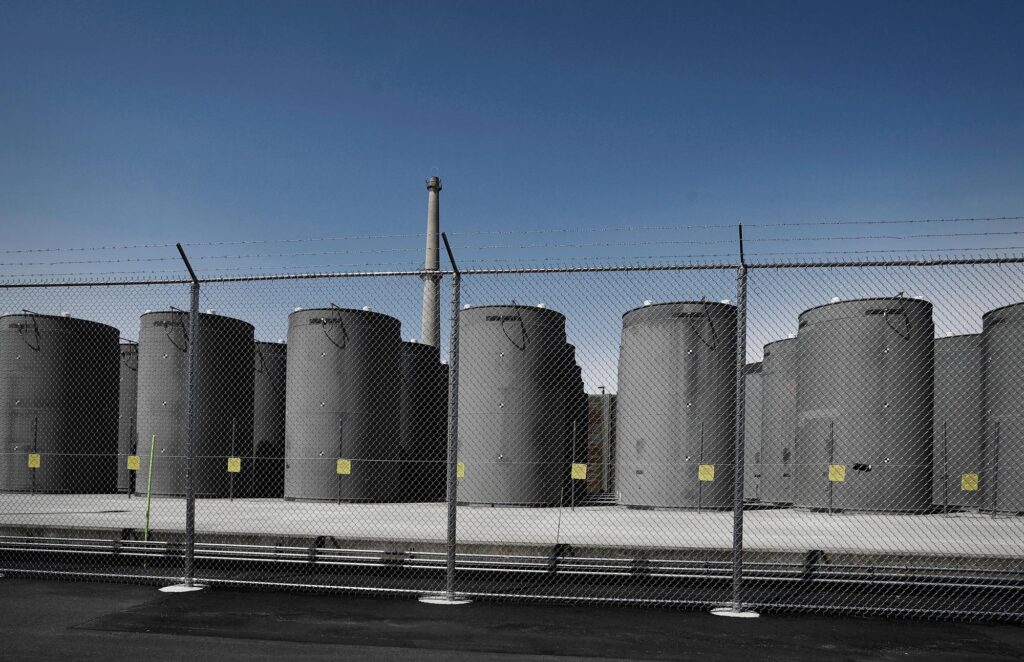In the shadowy realm of global resource politics, China has once again made a strategic move that sends ripples through the high-tech and green technology landscapes.Whispers from well-placed sources reveal that Beijing has discreetly allocated rare earth element quotas for 2025, a maneuver that could reshape the delicate balance of technological supply chains and geopolitical influence. Like a chess master positioning pieces behind an opaque screen, China’s latest quota distribution speaks volumes about its grip on these critical minerals that power everything from smartphones to electric vehicles.In the intricate landscape of global technology and strategic resources, Beijing has discreetly allocated its rare earth production quotas for 2025, signaling a calculated move in the complex world of mineral economics.Industry sources reveal that the allocation reflects China’s continued dominance in a market critical to advanced manufacturing and green technologies.
The newly issued quotas underscore China’s strategic approach to managing its rare earth mineral reserves, which remain the most substantial globally. These minerals, essential for producing everything from smartphones to electric vehicle batteries and advanced military equipment, represent a notable geopolitical leverage point.
Insiders suggest the allocation demonstrates a nuanced balancing act between domestic industrial needs and international market dynamics. The quotas are expected to maintain China’s competitive edge while subtly managing global supply chains and geopolitical tensions.
Rare earth elements, despite their name, are relatively abundant but challenging to extract and process economically. China’s decades-long investment in mining infrastructure and processing capabilities has positioned the country as the world’s primary producer, controlling approximately 80% of global rare earth mineral production and processing.
The 2025 quotas reportedly reflect a measured approach, potentially indicating a strategic response to increasing international pressure and attempts by other nations to diversify rare earth supply chains. Countries like the United States, Australia, and Canada have been actively developing alternative rare earth mineral extraction capabilities, challenging China’s ancient monopoly.
Market analysts interpret these quotas as a sophisticated economic signal, balancing environmental considerations, technological innovation, and national economic strategies. The allocation suggests a careful calibration of production capabilities aligned with emerging global technological trends and lasting advancement goals.
International technology and manufacturing sectors are closely monitoring these quota announcements, understanding their potential implications for future supply chains and technological innovation.The rare earth mineral market remains a critical intersection of economic strategy, technological advancement, and geopolitical maneuvering.
The subtle nature of this quota issuance reflects China’s sophisticated approach to resource management, demonstrating a calculated strategy that goes beyond simple market economics. By maintaining strategic ambiguity, Beijing continues to position itself as a key player in the global technological ecosystem.
As the world becomes increasingly dependent on advanced technologies requiring these critical minerals, China’s quota management represents a nuanced instrument of economic diplomacy and technological leadership.


